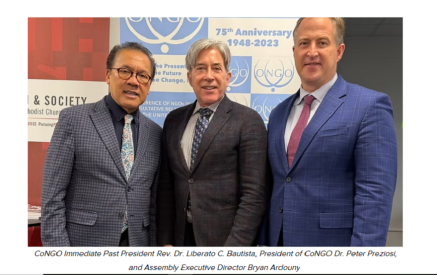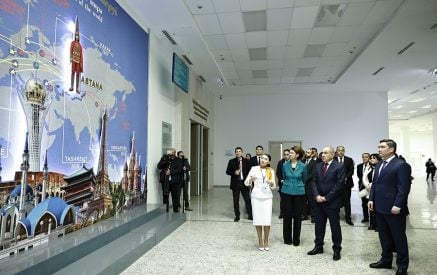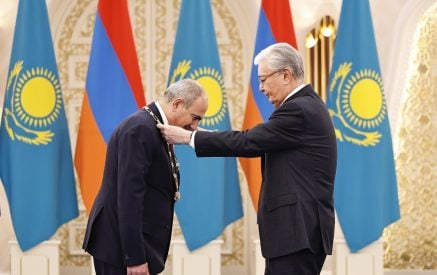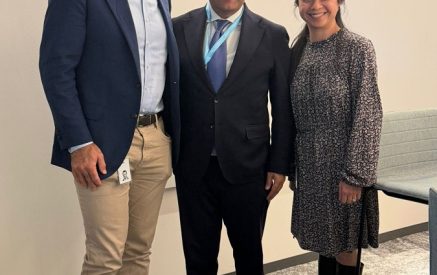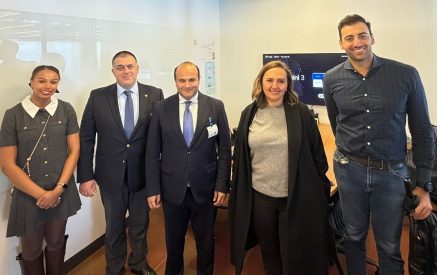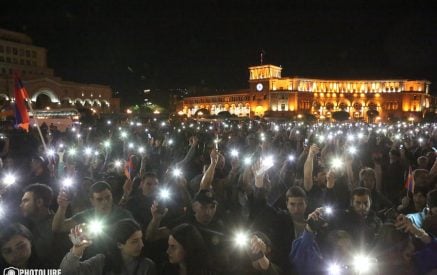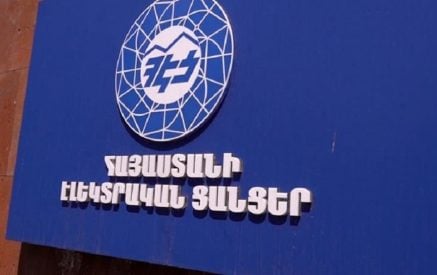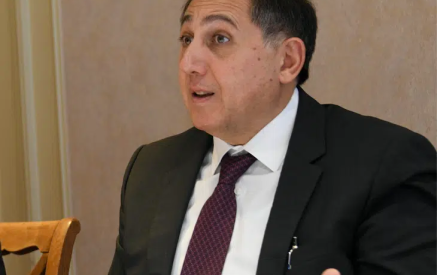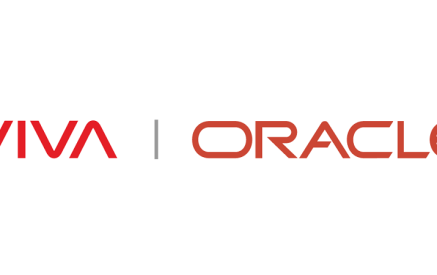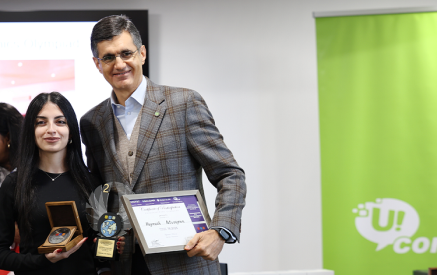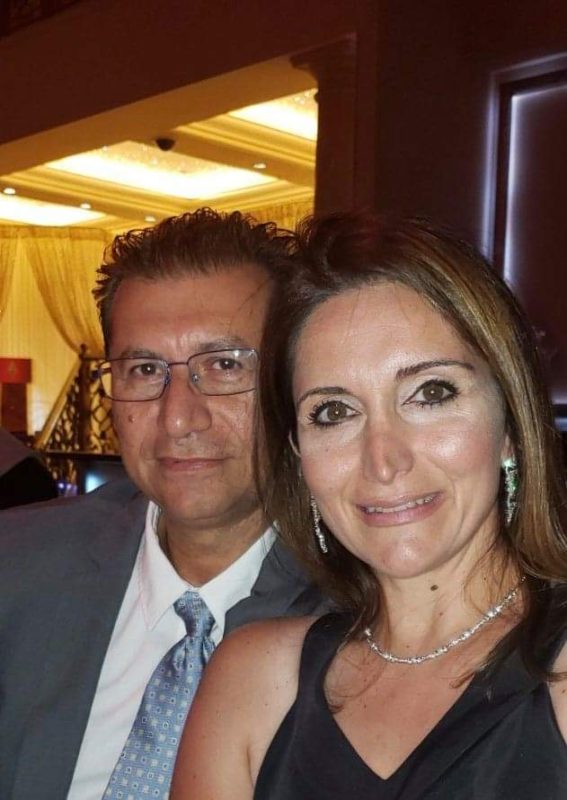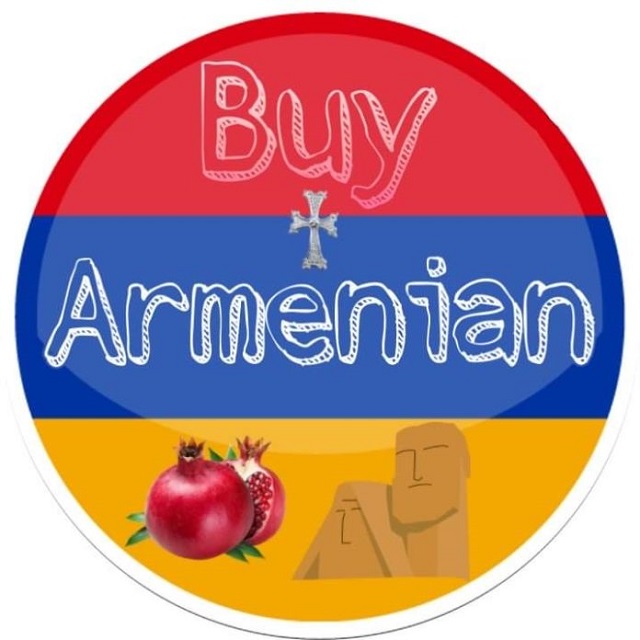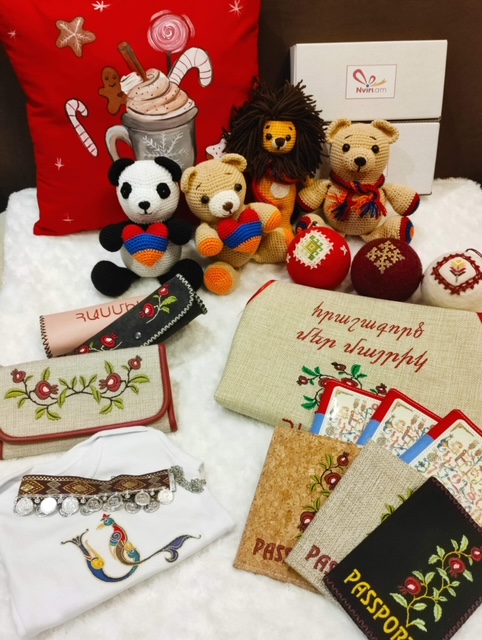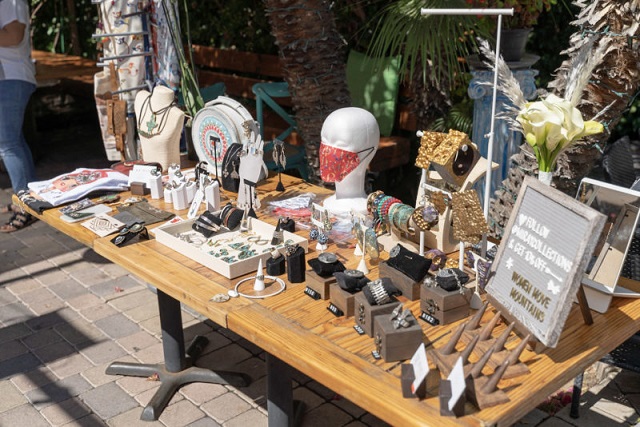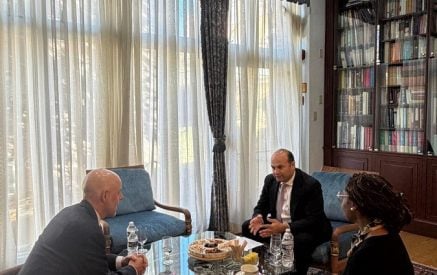LOS ANGELES – “Made in Armenia” became the most anticipated and trendy phrase on price tags which Armenians in Southern California and elsewhere in the diaspora sought out on wine, food, cloths, handmade items and many other products during the last three months. Everything started with the war in Artsakh on September 27, when Armenians all over the world started to reject Turkish products and look for anything originating in Armenia, especially items which tasted and looked Armenian.
The “Buy Armenian” movement grew bigger and bigger every day. In the first week, the number of followers reached 1000. With the increase in the numbers of users, the founders adopted a new goal. It became a mission to present everything Armenian made anywhere in the world, from Armenia to Europe, the Middle East, North America and Australia. This brought in new members, new creators and entrepreneurs, online stores, artists and cooks. After only 1 ½ months, the page had 28,000 followers.
“We are a non-partisan group. We don’t allow any partisan politics in ‘Buy Armenian.’ For us it’s only Armenia and Armenians. But also we closely monitor users’ posts when they are creating a commotion and remove them,” Nishan Odabashian, Lilit’s husband who helps her with the project, says as he joins the conversation. He gives as an example a certain brand of a cheese.
“Every day 10-15 posts discussed the origin of it, whether it’s Turkish or Armenian. We believe that there is no time to waste right now. We have to unite our efforts to accomplish big things,” Lilit said. She states her goals clearly. The discussions over the origins of a product often created targeted movements in social media and expanded into real-life conflicts for local grocery stores. Several stores were forced to discard all Turkish items despite the loss of money involved.
Anton Oganesyan’s family has owned Old Fashion Deli in Glendale, CA for over 25 years. Anton voluntarily refused to sell anything Turkish from July of 2020, when clashes with Azerbaijan took place in Tavush, Armenia. When the Buy Armenian movement started, his sales went up 30 percent. “They are still coming and checking to see if we are selling Turkish products. I imported whatever customers wanted, but never even advertised or promoted this,” says Anton about his Turkish goods. He now works with over 15 distributors from Armenia, selling mostly juices, jams, preserves, tomato pastes, teas and other goods from his homeland. Old Fashion Deli would be an appropriate business for webpage that the Odabashian family is creating to present all Armenian producers worldwide to buyers.
“When you have everything in one place, that makes it so much easier to shop. Instead of finding a sujukh maker in one village and order from him, you can go to the website and order everything in one place,” Nishan says as he talks about their future plans. Centralizing goods and services will contribute to the ultimate goal of creating an Armenian worldwide market. This is only one of the long-term goals of Odabashian family.
For now, the focus is on strengthening Armenian infrastructure by supporting businesses. “When every single Armenian supports another Armenian, then we can make a difference. When an Armenian gains money, he or she will eventually contribute to Armenia,” Lilit said, with contagious optimism. The Odabashians are working with shipping companies to find easier solutions for transporting products from Armenia throughout the world with reasonably low shipping costs. This was a major issue that small businesses and entrepreneurs have encountered.
Nviri.am, founded by Tamar Najarian-Isajanyan, felt the direct effects especially during the past months. Nviri.am is an online shop on Etsy that supports women in Armenia by selling their handmade clothings, toys, ornaments and others goods to customers abroad. “Shipping times are the worst,” Tamar says. In fact, she lost a lot of business because of it. Usually, it takes 10-12 days for an item to arrive to the US from Armenia.
There are greater difficulties for Canada. There is miscommunication with the tracking and timing. It usually takes 30-50 days, according to Tamar. In the last 3 months she sent out over 250 packages. Only two of them were lost. “They disappeared from the map. But when I sent an international inquiry, they were quickly found,” she adds quickly.
The next problem is the shipping cost; to ship 1 kg. from Armenia costs $10 and 3 kg. is almost $45. In order to run a business online, Tamar has to pay PayPal and Etsy about 10 percent of the sale and shipping costs plus tax. This percentage goes up when Etsy advertises the product for her. It brings Tamar 80 percent of her clientele but at quite a high price, which forces her to choose the following strategy. “I try to keep everything high value, low weight. It means that I am able to cover most of the costs myself,” she said.
Tamar visited Armenia as a volunteer in 2011, fell in love with the country and decided to stay and raise a family. Nviri.am started as an idea of making gift baskets with all products, including the basket itself, made in Armenia. Tamar started her small company with 10 people and now the number increased to 25. Her employees are mostly women from Armenia, with some Syrian repatriates.
The sales at Nviri.am multiplied four times over in November due to the Buy Armenian movement. The overall demand for Armenian products played an important role in developing different online platforms, small boutiques that can be a bridge between artists in Armenia and the market worldwide. “There are so many talented artists in Armenia, but the only market they have is Russia and Armenia in summer when there are a lot of tourists. Besides, that market is very limited,” said Lusine Simonyan. She is the founder of Miray Collections, an online platform that is presenting Armenian artists and jewelry makers.
Miray solves the problem with shipping in its own way. The company buys a lot of products and ships to customers from the US. This makes it so much easier by saving shipping costs and a huge amount of time. “In Armenia they don’t have the infrastructure for online businesses. For example, they don’t accept major credit cards like Visa, MasterCard and others. The only access they have is Etsy, but again the shipping takes a long time. Living in the US, where everything is happening so fast (we have Amazon with two days prime shipping), no one wants to wait for six weeks for an item to arrive. That’s why representing these artists in US gives them so much opportunities and accessibilities to all the infrastructures that work so well here,” Lusine explains.
Her family travels a lot, which allows her transport the items beforehand and have them “in stock” almost all the time when the order is placed. During the Buy Armenian movement, Miray’s sales increased up to 40 percent. “The more we support our fellow Armenians, the more money goes back to Armenia and goes to Armenian businesses. These artists spend most of their time creating. They don’t have time for marketing and selling — that’s where we come in to help,” Lusine shared. This is the strategy she uses to represent over 40 artists from Armenia.
The Buy Armenian movement united Armenians during the most challenging time of war. Even after the painful defeat, the revival of national identity still remains strong and gives hope for significant growth and progress.
Main caption: Nishan and Lilit Odabashian






